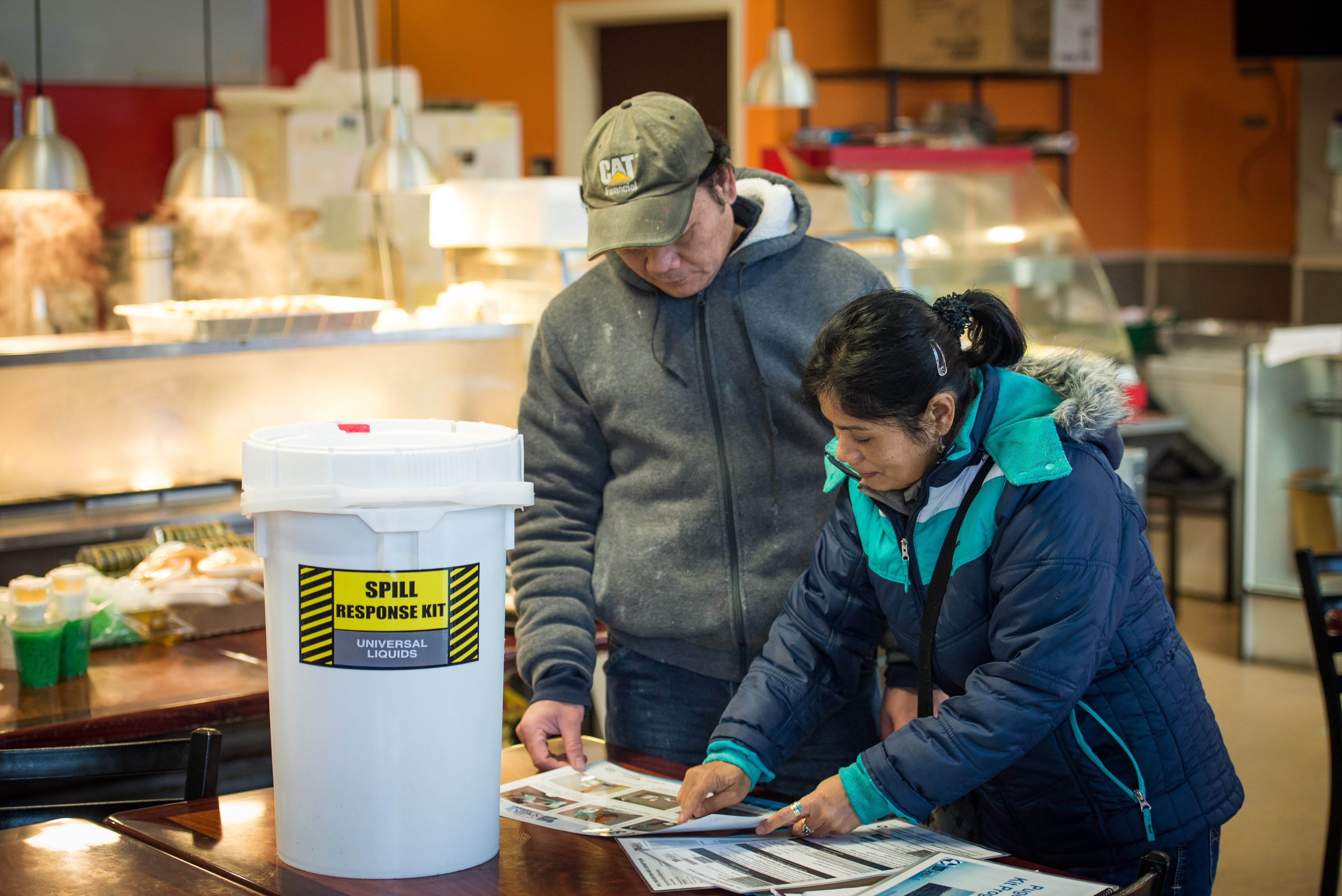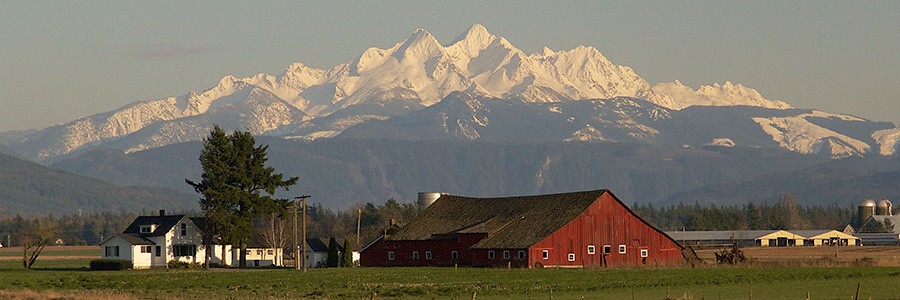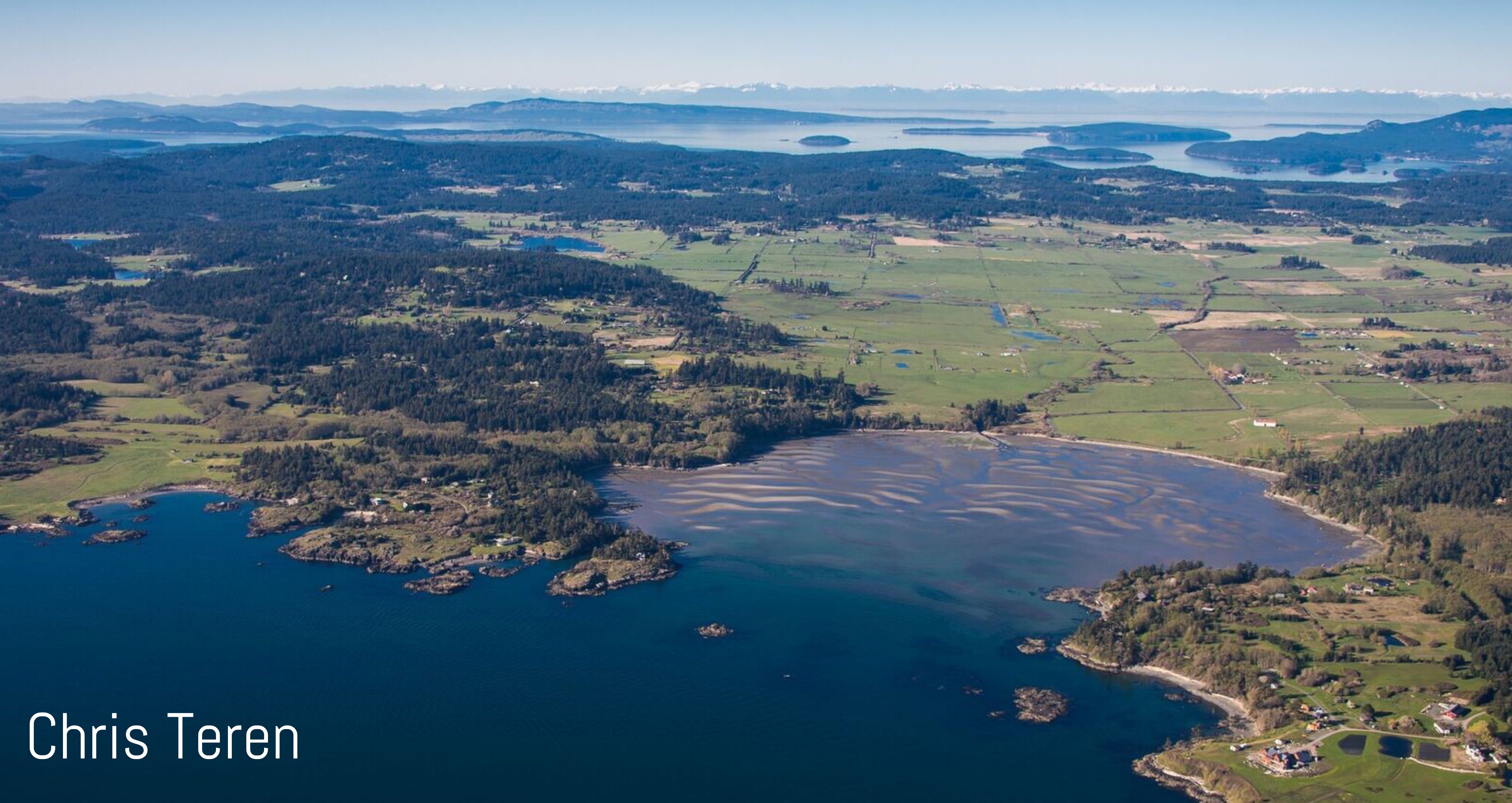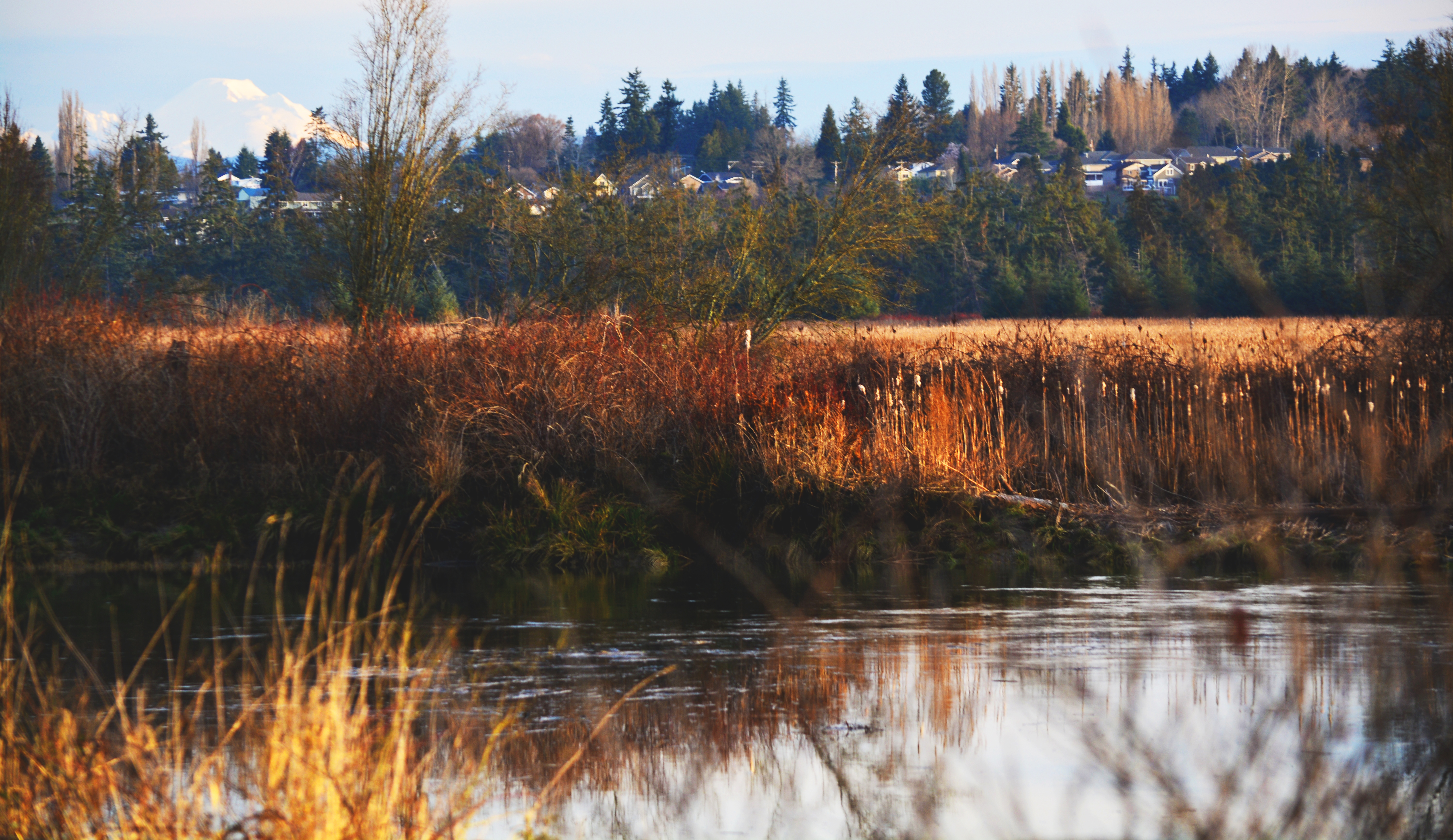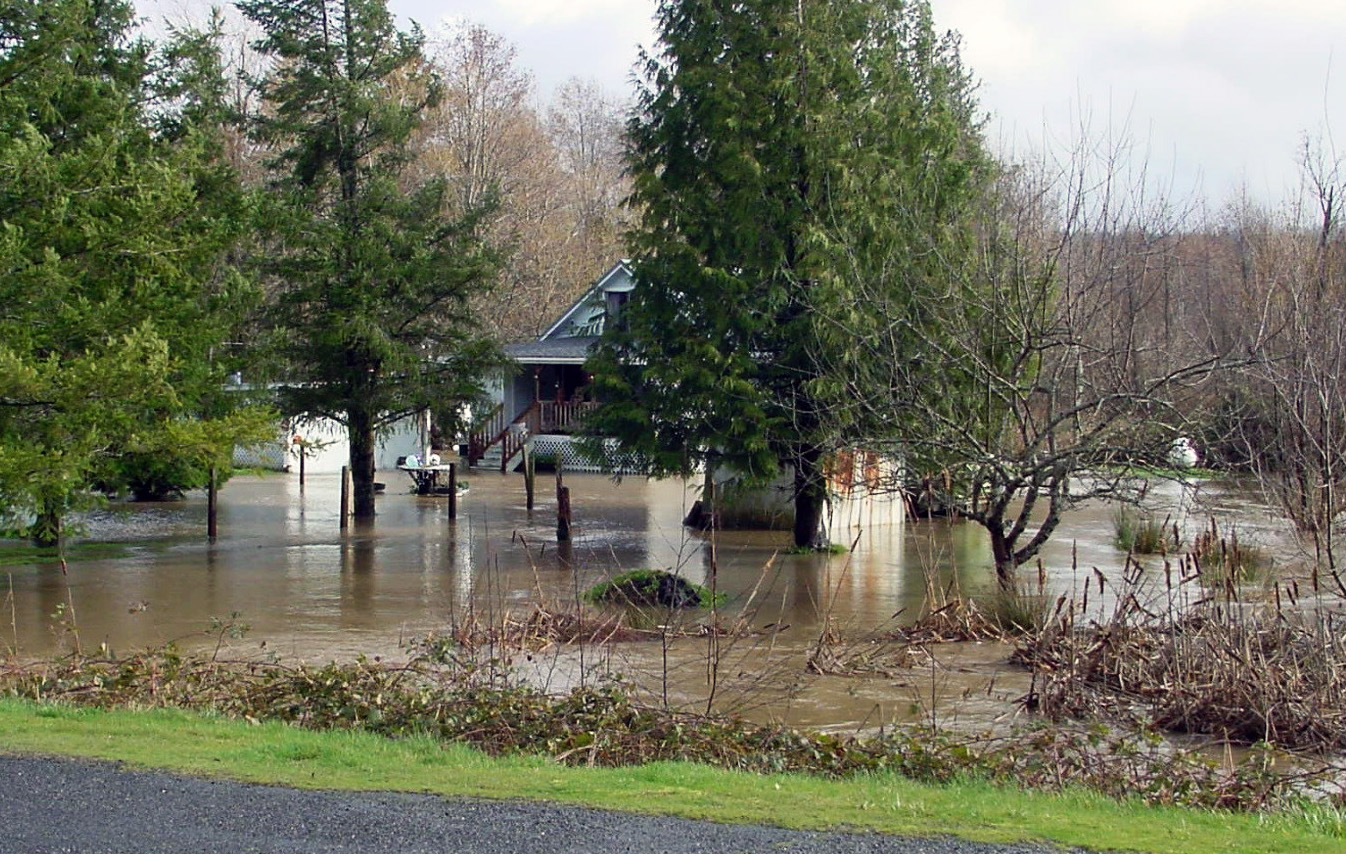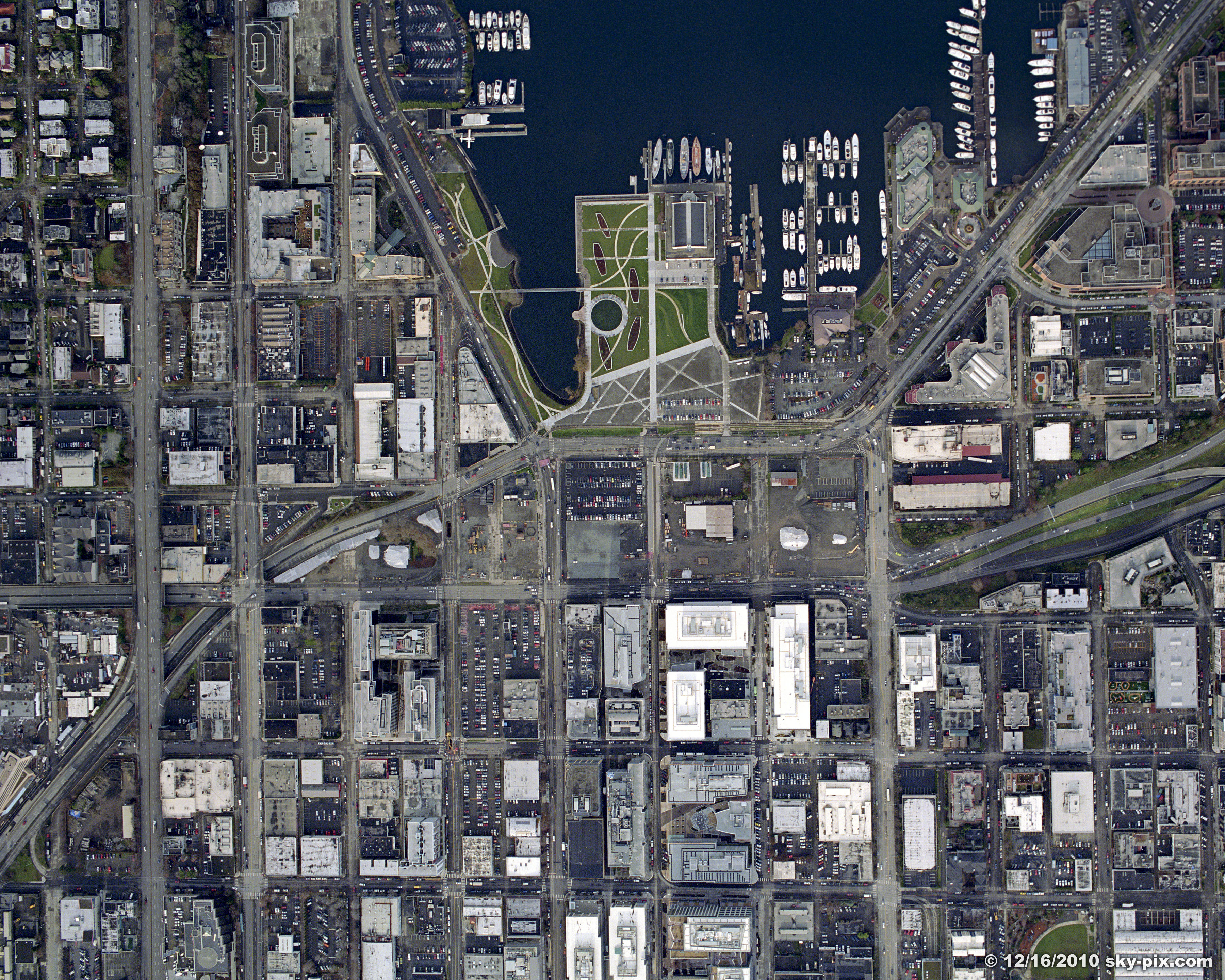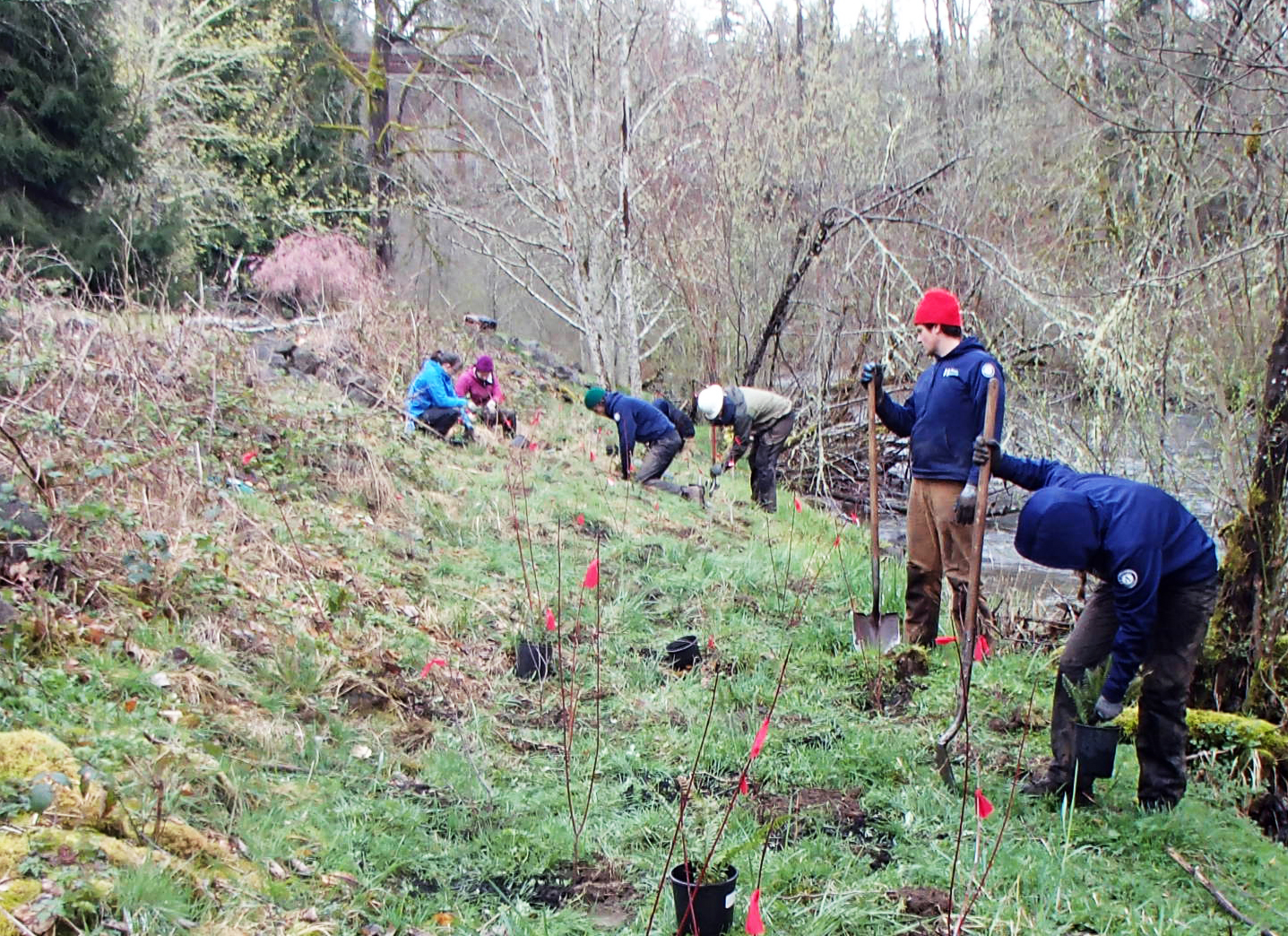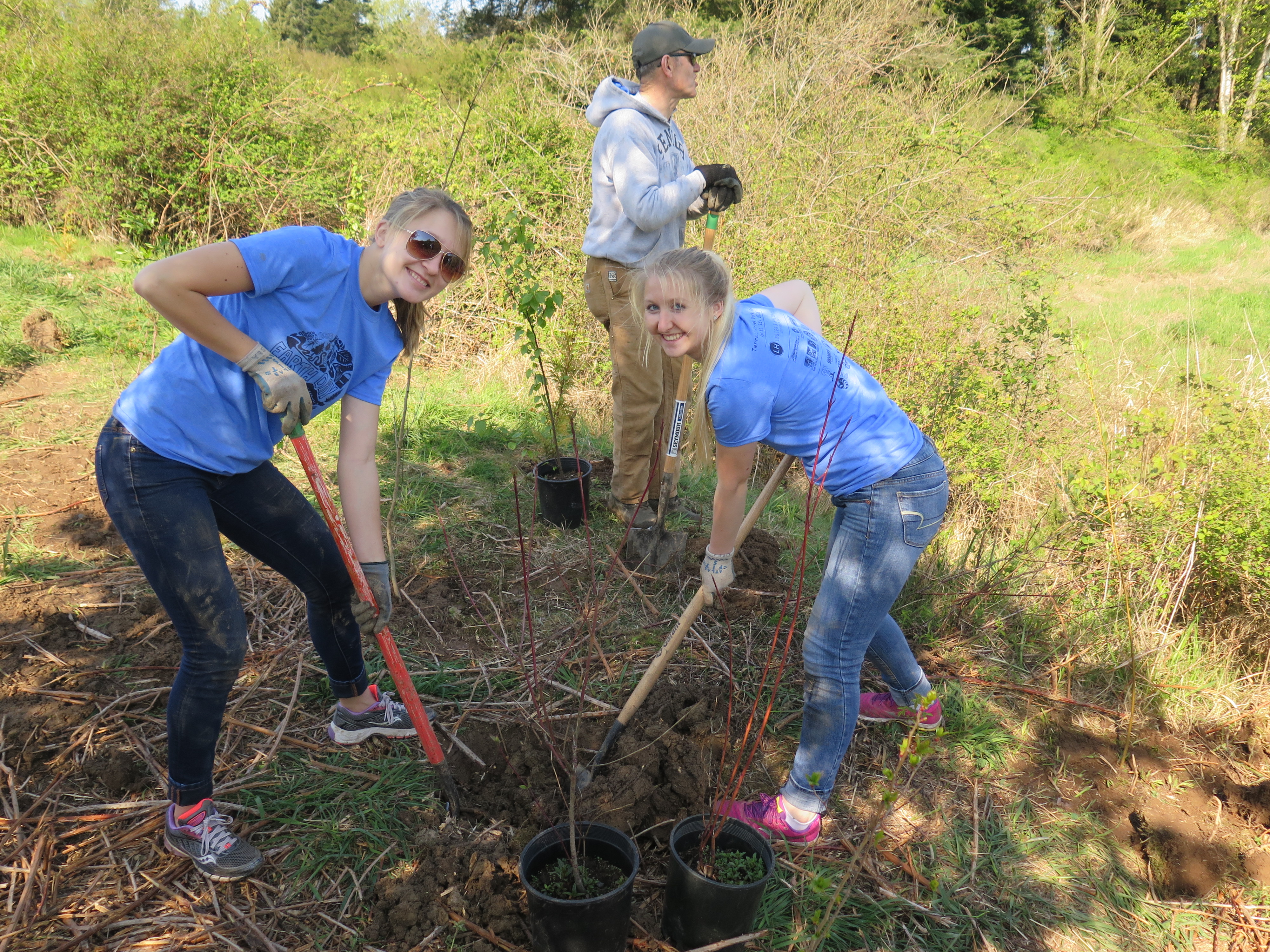Helping drivers prevent pollution from drips and leaks Each year, vehicles driving around Puget Sound leak approximately 7 million quarts of vehicle fluids, including motor oil, fuel, lubricants and more into the Puget Sound watershed. Oil and other petroleum products...
Regional On-site Sewage System Loan Program
Helping homeowners repair or replace failing on-site sewage systems The Regional On-site Sewage System Loan Program (RLP) in Washington State consolidates multiple county-level on-site sewage system loan programs into a single public-private partnership between the...
Puget Sound National Coastal Wetlands Conservation
In early 2017, the U.S. Fish and Wildlife Service awarded the Washington State Department of Ecology with $4.7 million in National Coastal Wetlands Conservation grants to fund six projects to restore and protect wetlands in Puget Sound and the Grays Harbor area. The...
Smith Island
The Smith Island Estuary Restoration Project will benefit threatened salmon, restore ecological systems, and improve flood control and recreation across the region by: Removing a historic levee, excavating channel networks, and installing wood placements to improve...
Lower Big Quilcene
The Lower Big Quilcene restoration project is in the design phase of developing community-supported actions to improve flood protection for the town of Quilcene, over 30 homes, and road access to the largest employer in Jefferson County—Coast...
Cedar River Knotweed Removal
Stewardship in action: removing invasive knotweed one property at a time Invasive knotweed is an aggressive invader of riparian habitats throughout Western Washington. The plant displaces native vegetation and destabilizes riverbanks, disrupting natural habitat...



